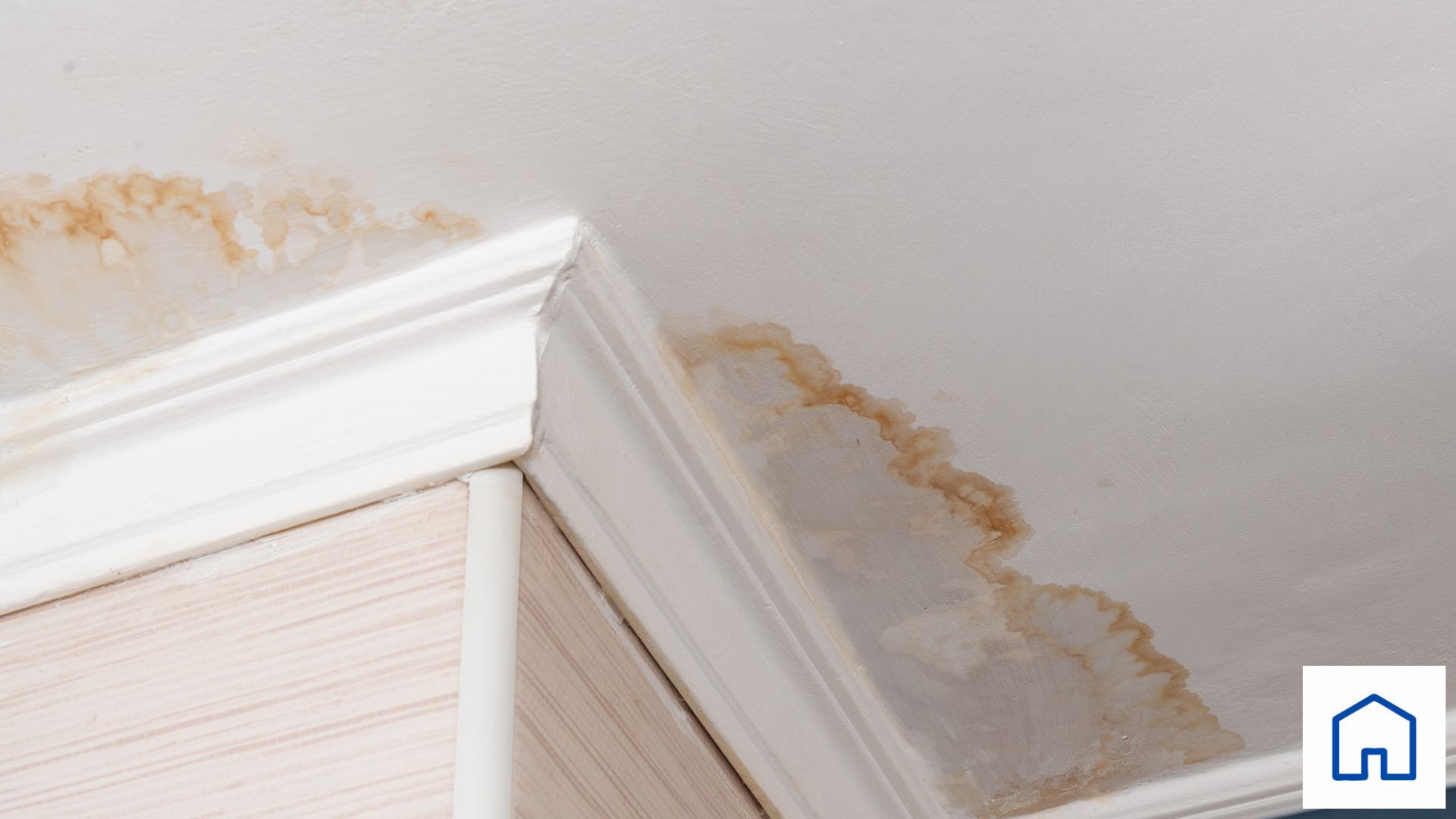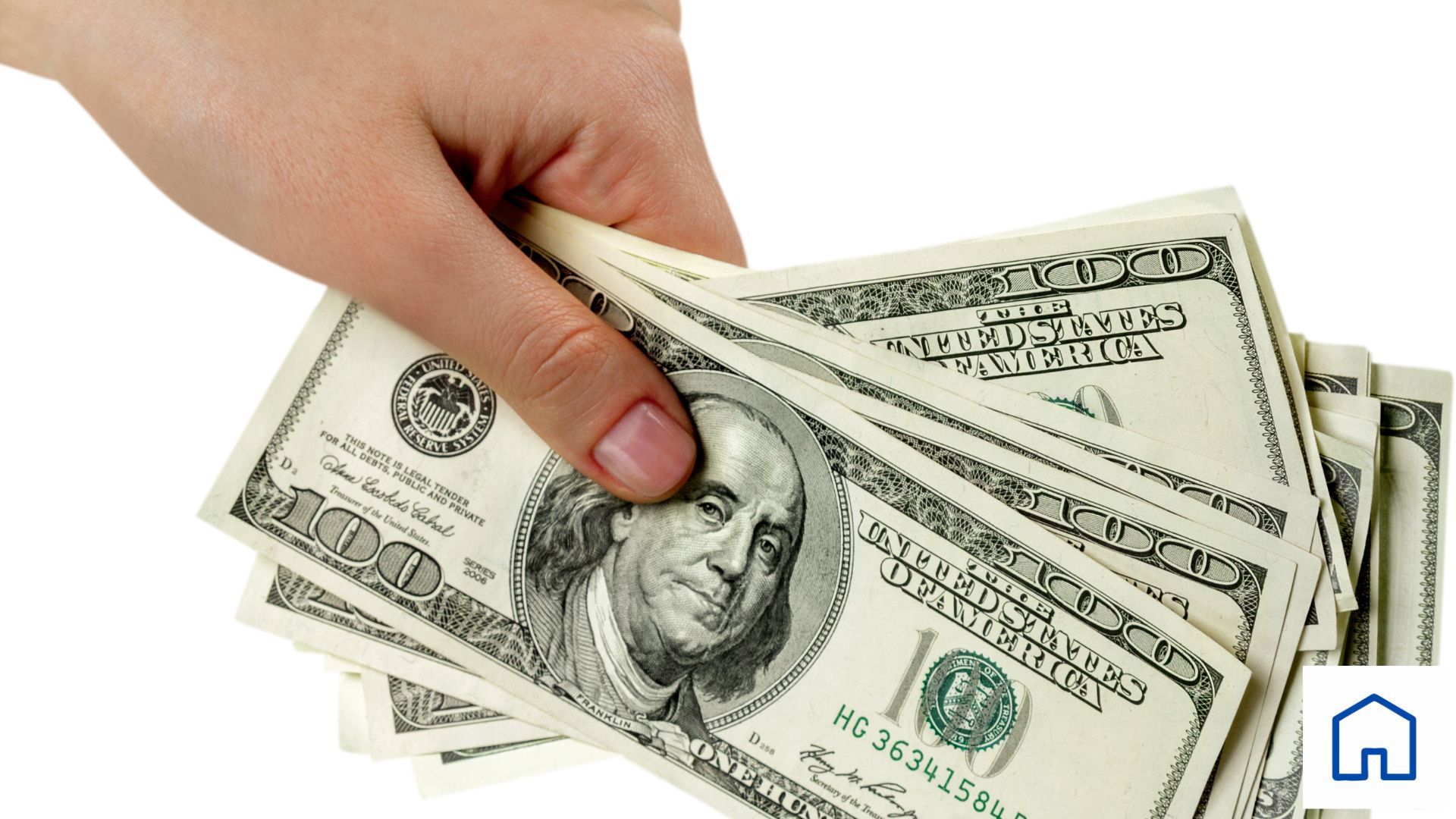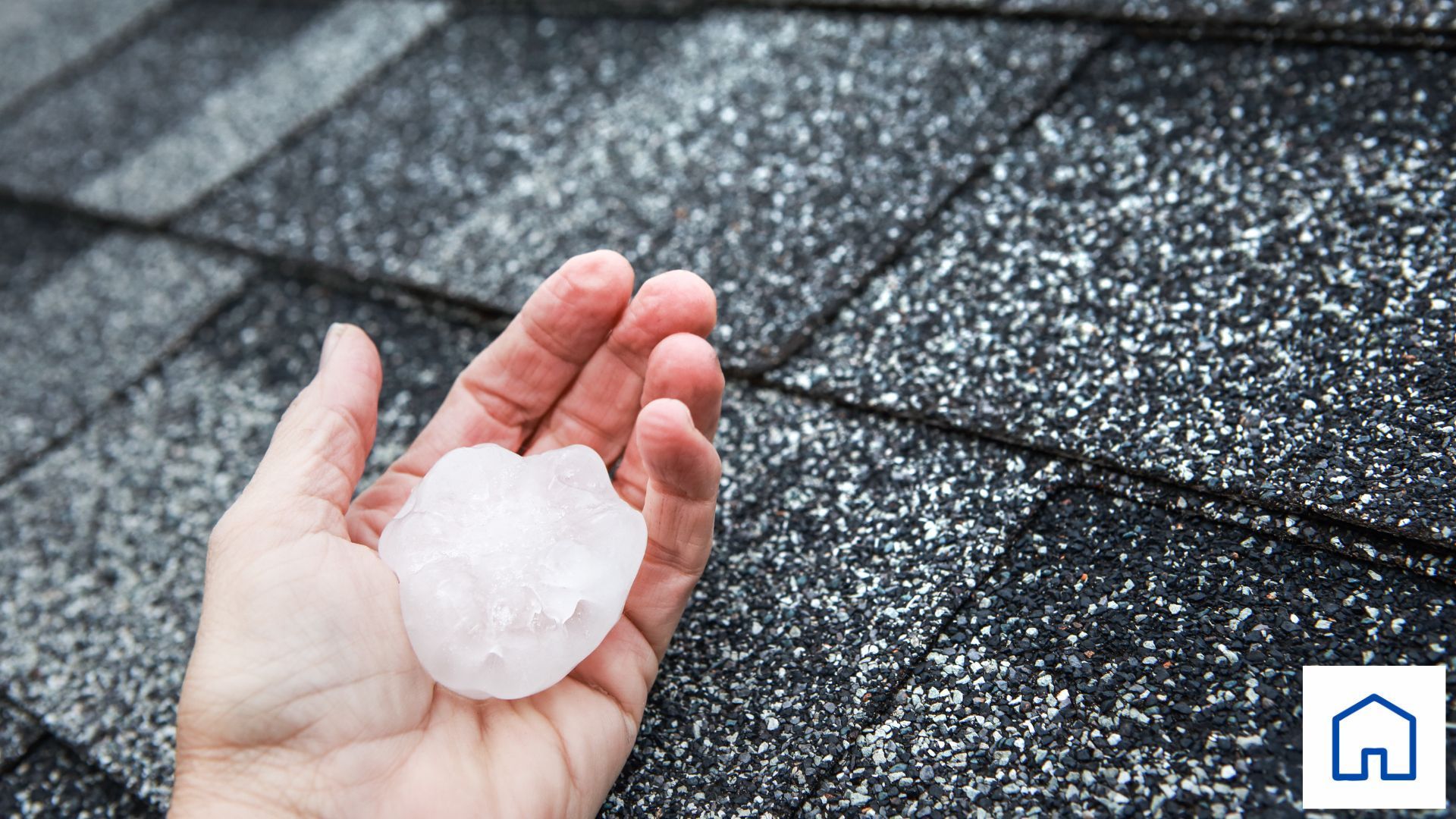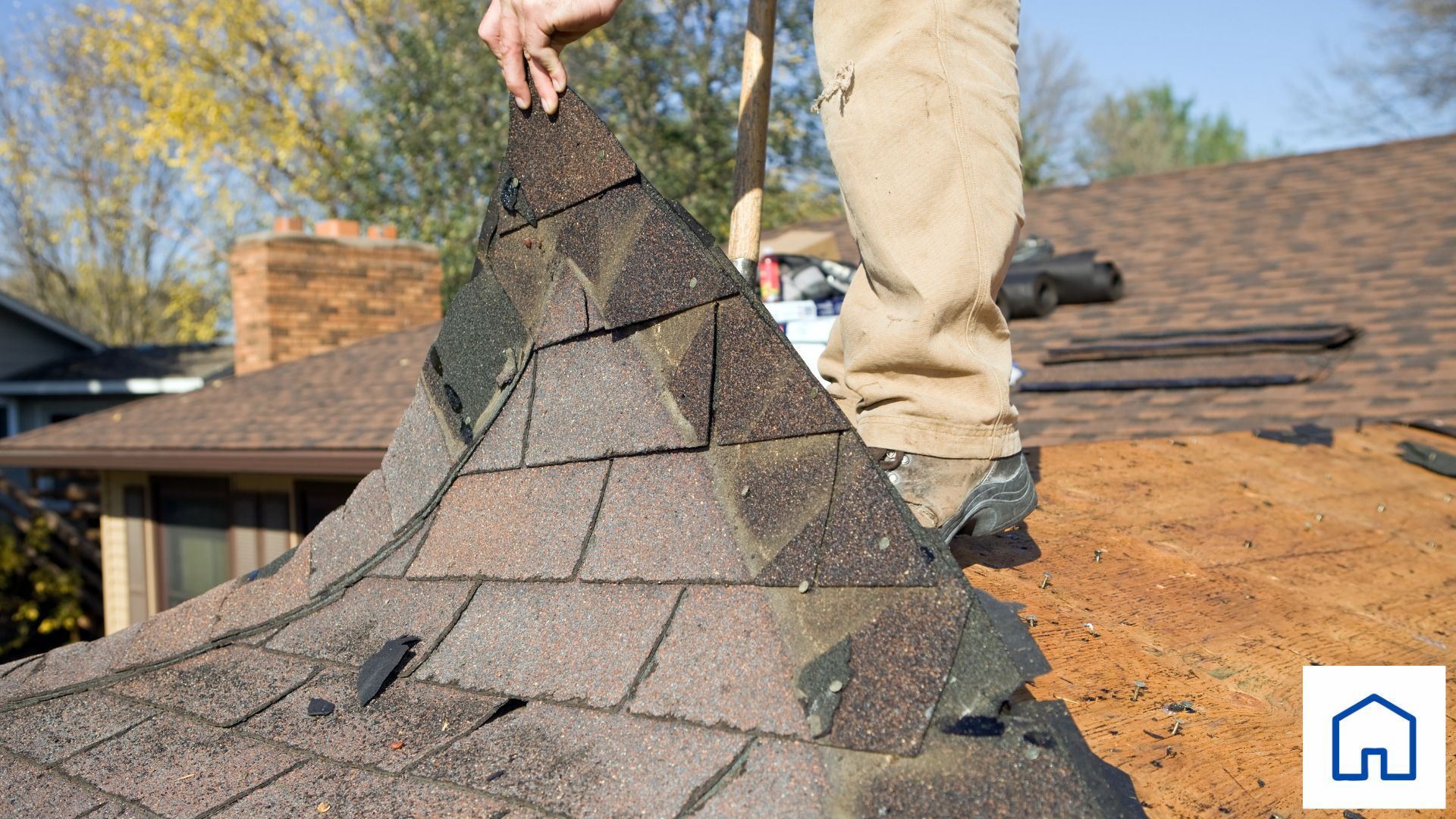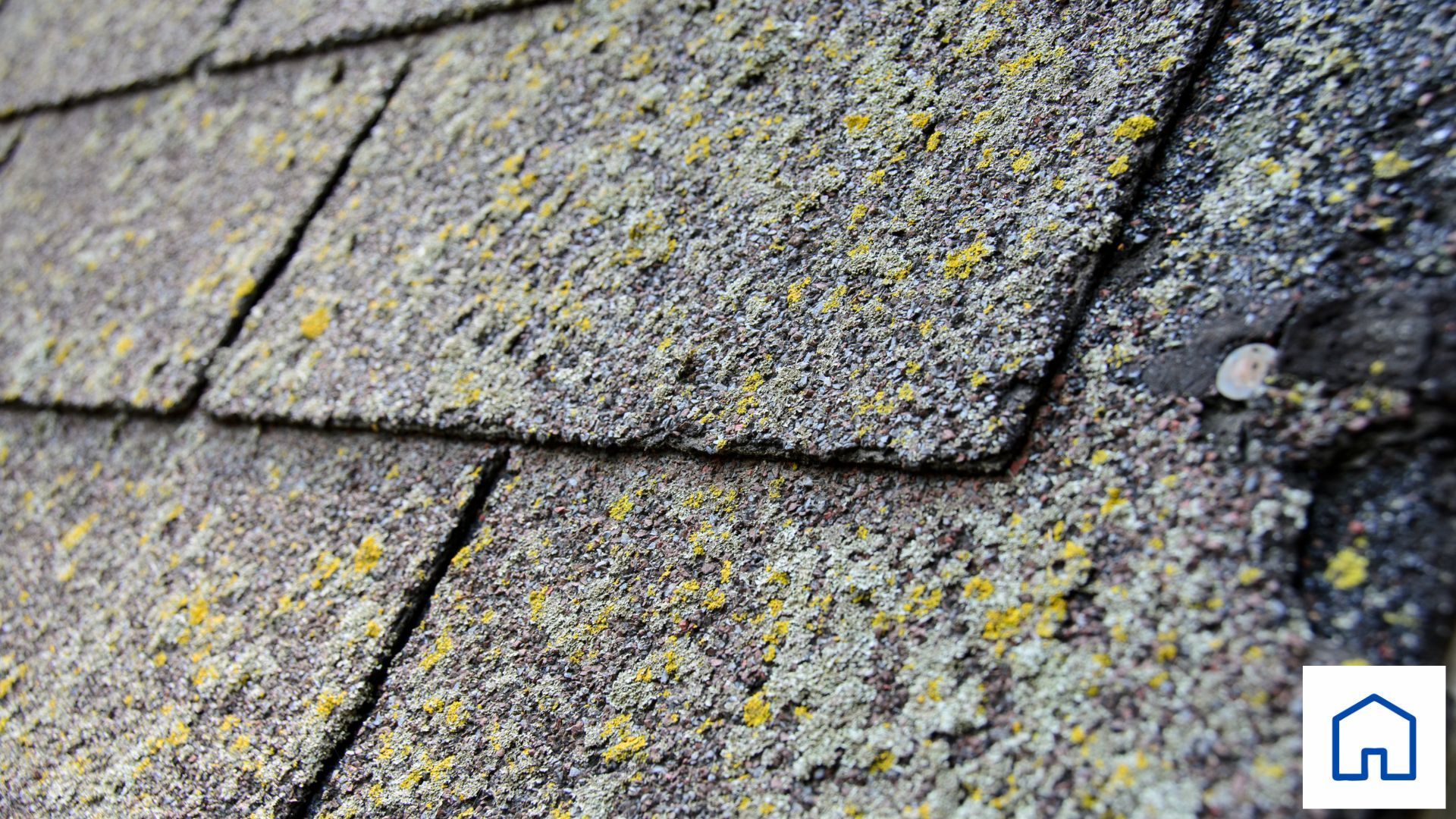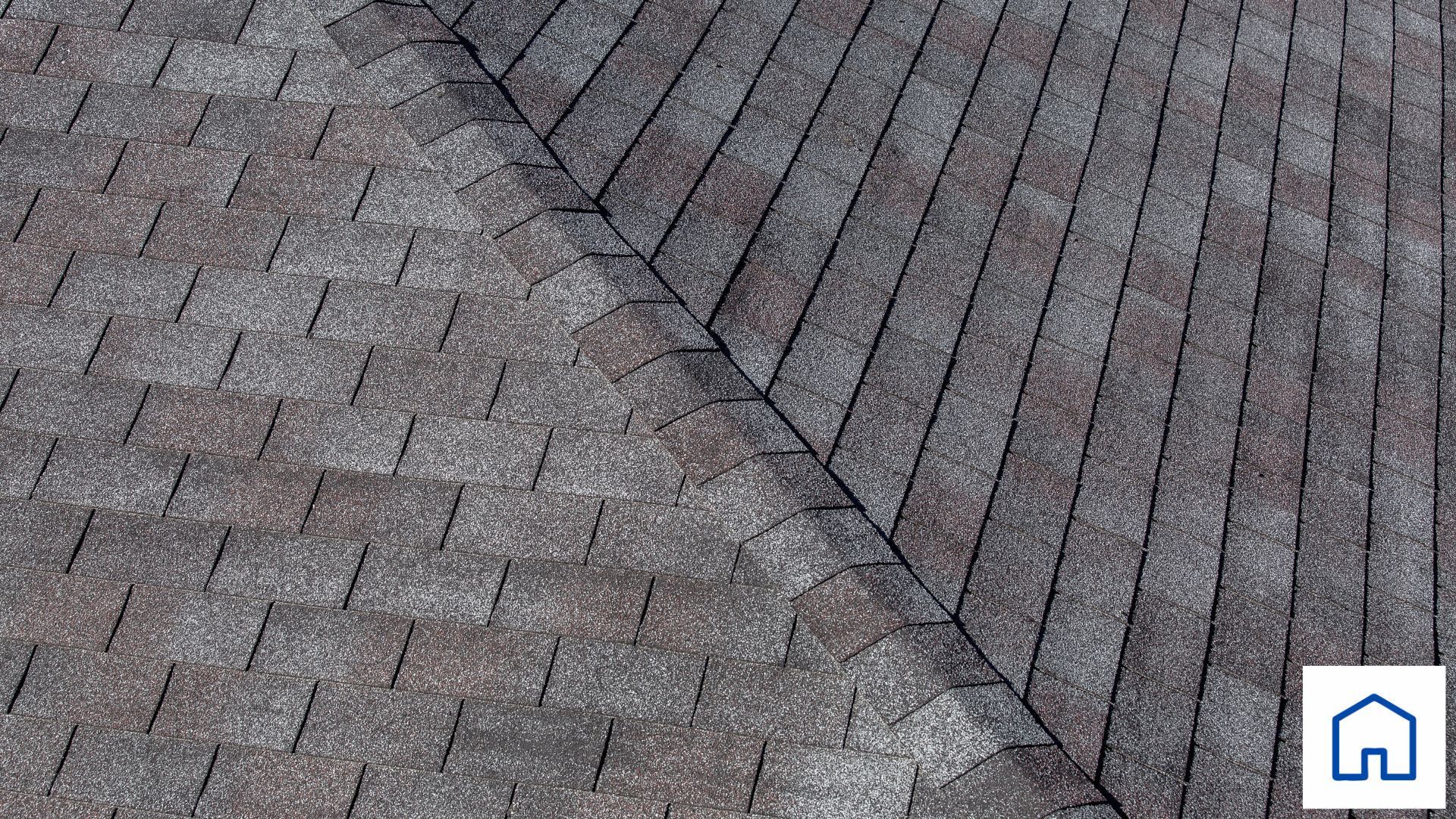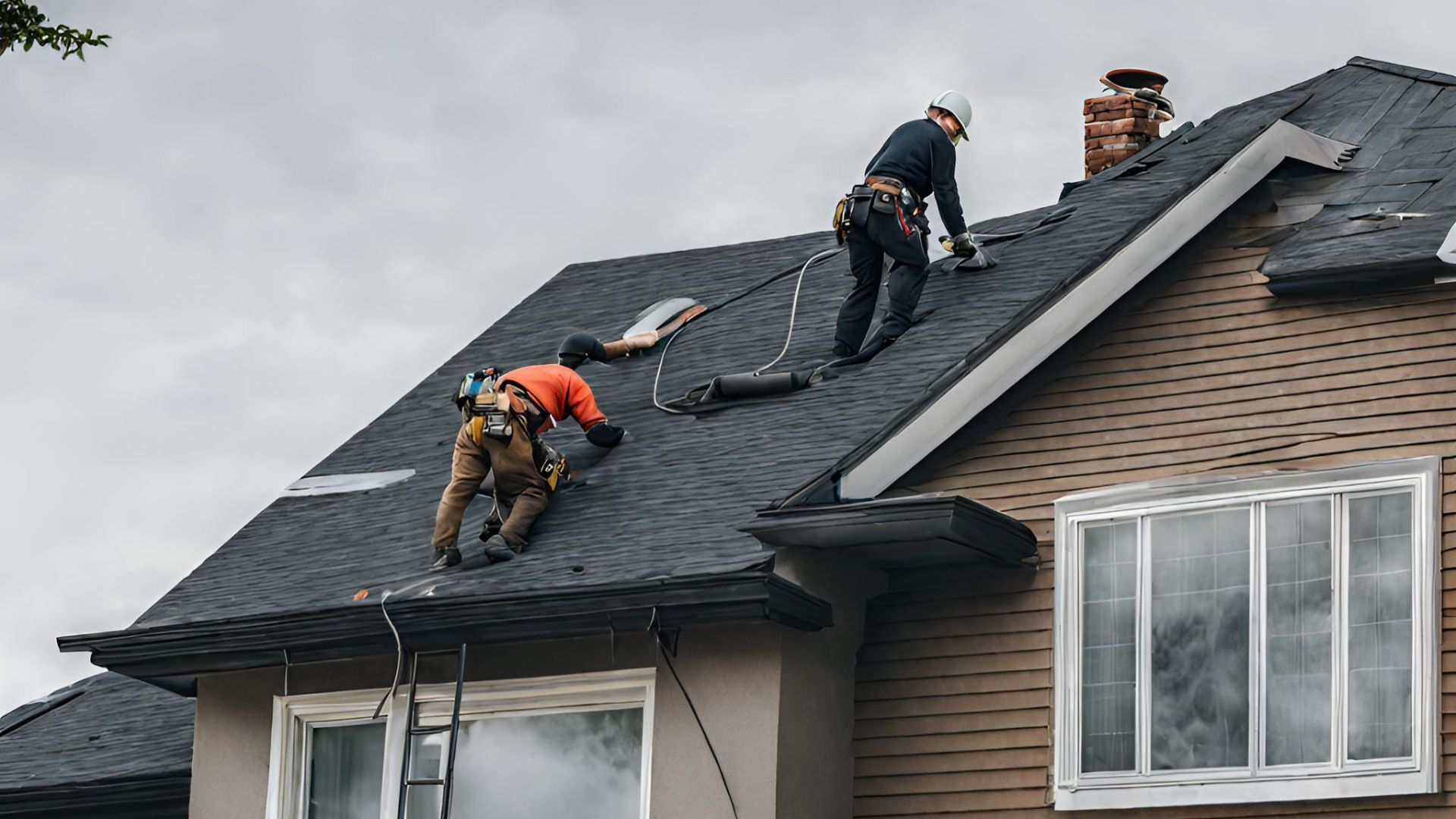Should You Replace Your Gutters When Repairing Your Damaged Roof?
Maintaining a well-functioning roof is crucial for the protection and longevity of your home. When faced with a damaged roof, homeowners often question whether it's necessary to replace their gutters as well. In this blog post, we'll explore the relationship between roof repairs and gutter replacement, helping you make an informed decision regarding your home's gutters during roof repairs.
Assessing the Condition of Your Gutters:
- Before deciding whether to replace your gutters alongside roof repairs, it's essential to evaluate their current condition. Inspect your gutters for signs of wear and tear, such as cracks, rust, sagging, or detachment. If your gutters display significant damage or are outdated, it might be wise to consider replacing them.
Impact of Roof Repairs on Gutters:
- Roof repairs, such as replacing shingles or fixing leaks, can potentially affect the functionality of your gutters. During the repair process, there is a possibility of debris, nails, or roofing materials entering the gutters, causing clogs or damage. It's important to communicate with your roofing contractor and ensure that proper precautions are taken to prevent harm to the gutters.
The Synergy between Roofs and Gutters:
- The roof and gutters work together to protect your home from water damage. Gutters play a vital role in collecting and channeling rainwater away from the roof and foundation. If your gutters are compromised or not functioning optimally, it can lead to water seepage, roof leaks, and structural issues. Therefore, if your gutters are already in poor condition, it may be wise to replace them along with roof repairs to ensure proper water drainage and prevent future damage.
Cost Considerations:
- Replacing both the roof and gutters simultaneously might appear as a significant investment. However, it can be more cost-effective in the long run. Combining the projects can save you money on labor costs and potentially prevent further expenses down the line. Additionally, installing new gutters during a roof replacement ensures compatibility and seamless integration, maximizing their effectiveness.
Professional Guidance:
- When faced with roof repairs and potential gutter replacement, seeking professional guidance is essential. Consult with a reputable roofing contractor who can comprehensively assess the condition of your roof and gutters. They can provide expert advice tailored to your specific situation and guide you on whether replacing the gutters is necessary or if repairs will suffice.

By evaluating the condition of your gutters, considering the impact of roof repairs, and seeking professional guidance, you can make an informed decision. Investing in new gutters during a roof replacement ensures optimal water management, reduces the risk of future damage, and promotes the longevity of your home. Remember, preventive measures today can save you from more significant expenses in the future.
If you reside in the Carrollton, GA area and require reliable and professional roofing and gutter services, look no further than Best Nest Renovation. Our experienced team specializes in roof repairs, replacements, and gutter installations.
Contact us today at
770-790-5967
consultation. Protect your home with the finest roofing and gutter solutions Carrollton has to offer!
